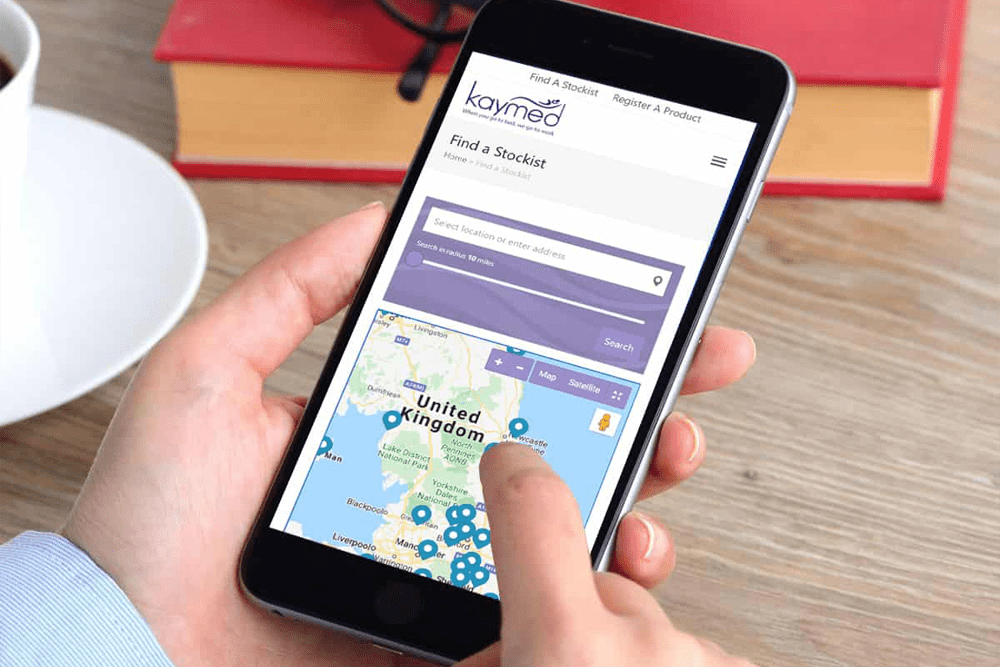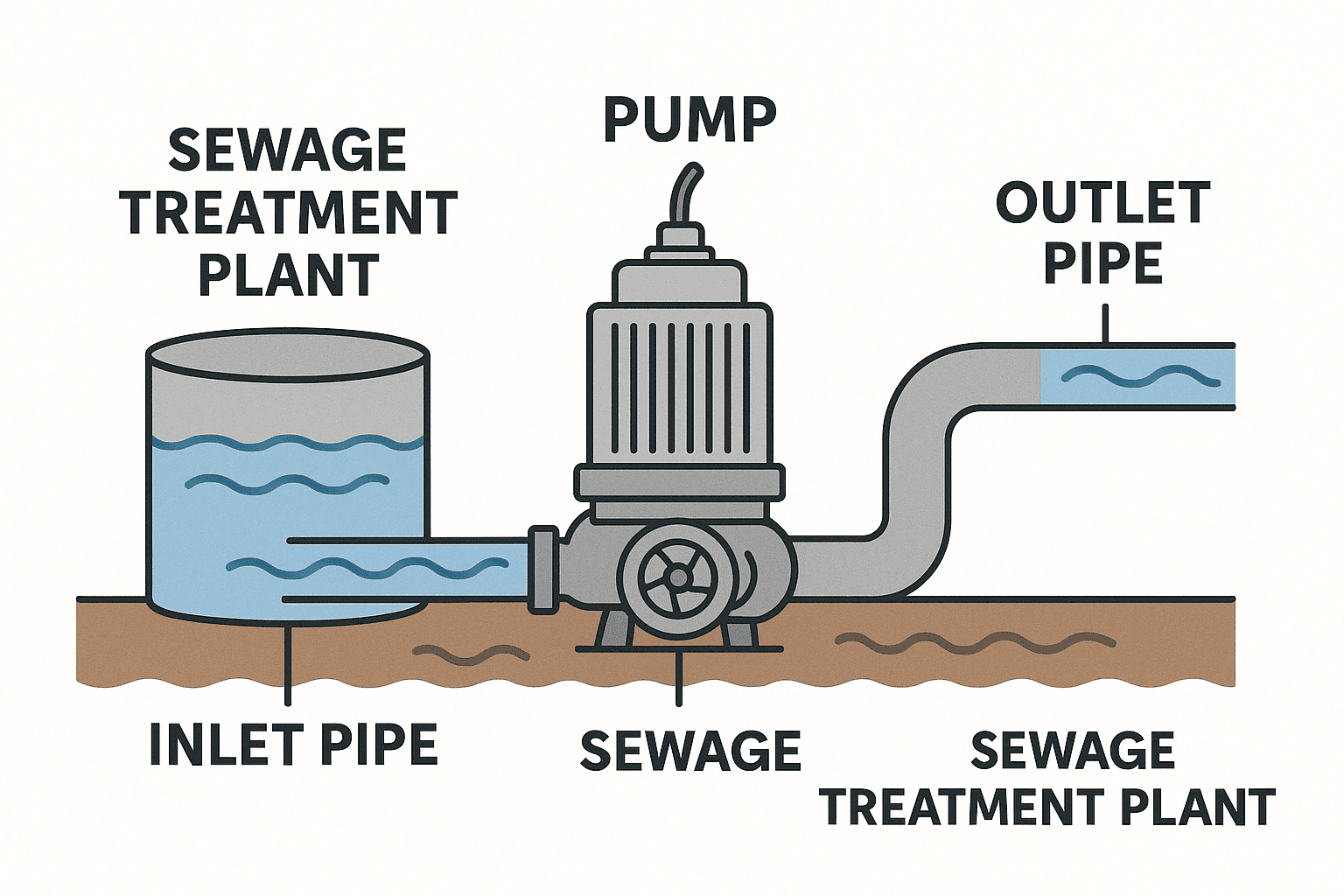Targeting Buyers in the Manufacturing Industry
How to Target and Tailor Your Marketing Message
There is no one-size-fits-all messaging strategy, of course. Just as engineers may not be concerned about per-unit pricing, manufacturing buyers may not be familiar with the differences in specs from one product supplier to another. This means, your content should not only address your buyers’ unique interests and pain points, but strike the correct tone with target customers.
To help identify a content marketing strategy, we’ll look at some common manufacturing personas, and see how the purchasing and decision considerations vary.
Manufacturing Engineers
Messaging Considerations:
While a heartfelt, emotionally charged message may be ideal for an organisation like a non-profit, just the opposite is true for engineers. Engineers like efficiency. They are typically hard-wired problem-solvers who prefer to get to the point without distraction.
Brevity is key, when appealing to engineers. Take a no-frills, no-fluff approach that cuts down on marketing hyperbole. Also, avoid overstating or overselling the value of your B2B solution. Most engineers prefer to draw such conclusions own their own.
Purchasing Considerations:
- Technical guidance
- Innovative solutions
- Product specifications
- Updates on industry trends
Decision Criteria:
- Instant information access
- Accessible design help
- Specific application solutions
Production Managers
Messaging Considerations:
How do you appeal to readers who are not direct buyers but decision influencers? When creating content for this group, it’s wise to focus on building a business case for your solution. In turn, this will help managers present the information to their boss. For example, how exactly will a manufacturing solution improve operations? Why is it a worthy investment? Hard proof (numbers and statistics) and past cases are extremely valuable. This messaging can be especially important for a large capital expenditure (take, for example, a large piece of plant customised to reduce cycle time for a specific manufacturing application) that may not show immediate value.
Purchasing Considerations:
- Ability to keep manufacturing lines optimised
- Tight shipping deadlines
- Connection with a live person for answers to a problem
Decision Criteria:
- Service from a trusted source
- Quality products
- Fast delivery
Messaging for Direct Buyers
Messaging Considerations:
Similar to writing for engineers, your content should cut to the chase. When writing for a direct buyer, avoid spending too much time discussing the problem. You’ll want to skip long and rambling lead-ins that highlight the “pain points” that a buyer is be facing. If something truly is a problem, your reader will not need convincing.
Blunt honesty can also be effective in your messaging. While most marketers are uncomfortable surfacing imperfections – for example, a potential caveat with a manufacturing solution — a direct and honest writing approach can actually help create an environment of trust with your direct buyers.
Purchasing Considerations:
- Consensus between purchasing and engineering
- Superior pricing
- Strong relationships
Decision Criteria:
- Competitive value
- Superior service
- Solid vendor partnership
Key Differentiators for B2B Manufacturers
How Is Marketing for the B2B Manufacturing Industry Different?
The modern B2B buyer wants to be “solved to” rather than sold to as previously mentioned. Additionally marketing isn’t a one-size-fits-all solution, especially when you consider the broad spectrum of industrial manufacturing businesses and the different types of customers they serve.
There are a number of distinct qualities that set manufacturing marketing apart from the approach one might take when selling, for example, professional services or software. Below are a few factors manufacturers need to consider when putting together a robust marketing plan:
Lengthy sales cycles:
- Business-to-business (B2B) sales cycles are customarily much longer than their business-to-consumer (B2C) counterparts. The typical manufacturing sales process is stretched out due to an array of factors, ranging from Request for Proposal (RFP) review and response times, custom design and product testing to transportation and logistics.
- The sales cycle can last anywhere from six months to a number of years, depending on
- the size and value of the order,
- the level of technical know-how needed to assess the product,
- the number of specifications,
- the number of regulations with which the product must comply,
- the number of decision makers involved in the process.
- Therefore, lead nurturing; or the process of staying in front of leads by sending them relevant informational content aligned with the buyer’s journey is essential to moving prospects through the funnel.
Selling to multiple decision makers:
- In industrial manufacturing, there tends to be a direct relationship between the number of purchasing decision makers and sale price ( the bigger the spend – the more people involved in the decision).
- It’s not just the number of decision makers and influencers that require convincing. B2B manufacturers must have informational content that addresses the needs of each buyer persona at each stage of their journey.
- E.g., a CEO is likely to respond to a different series of messages than the value propositions you might pitch to a Director of Engineering or Technical Manager.
- Be aware, the information gatherer may not be the decision maker, so it’s important that your marketing also speaks to whomever is conducting the research.
- Additionally, if you serve multiple industries where these roles are drastically different, you may need to create buyer profiles for each of your target verticals.
Building partnerships with distributors in a virtual world:
- Cultivating relationships is really important for B2B manufacturers; strong ties with a happy customer means repeat business for a potentially long time. The importance of customer lifetime value is covered in greater details in this article. Building partnerships online, albeit convenient for the buyer conducting her preliminary research, poses its own set of challenges – “humanising” your business being primary among them.
- Many manufacturing firms are selling through distributor channels, which further compounds the challenge of selling to multiple audiences. So it’s critical that your company website and marketing collateral speaks not only to your standard buyers but also to distributor reps
Breaking the “commodity product” mould:
- If your business manufacturers small parts, containers, packaging or other materials involved in creating an end product produced by another manufacturer, it’s challenging to differentiate yourself from the plethora of competitors who provide a similar product.
- Firms that sell what can be considered commoditised products are often pressured to slash prices and rely on regional sales that truncate shipping costs. Alternatively maintaining a benefits-focused marketing strategy (as opposed to touting features) will help your buyers understand why your product is better than the next one, and potentially enable you to execute on a value-based pricing model.
Customers looking for something niche (very specific)
- Compared to selling commodities, the likelihood is that the product or part you’re selling is extremely niche. In these circumstances there’s a good chance most people haven’t even heard of it, even within your industry.
- Publishing content that educates your audience about your solution (and where it applies) is that much more important (Mass marketing is not going to work in this case)
- Manufacturing buyers are often looking for something very specific – they want a product that’s going to exactly match their technical needs and requirements. Therefore, effective manufacturing marketers must tap into the problems their buyers are trying to solve, and align their marketing efforts with the language the audience is using.
- These firms must provide a streamlined digital approach for prospective buyers to submit their specs, request quotes, and research your product line or catalogue via the website.
From a digital marketing perspective, some things are NOT so different.
There are core marketing principles that hold true in the manufacturing industry just like in any other.
- B2B manufacturers must attract the right prospects.
- They must convert prospects into bona fide leads.
- Leads need to be nurtured– and build relationships with them in order to close deals.
- A variety of sales conversion points need to be offered,
- A great experience must be provided all the way through the sale and onward as the partnership continues to develop.
The thing is, today all of this must be done online.
Exhibitions, phone conversations, trade show appearances and in-person, on-site meetings matter just as much when creating an impression and conducting business. It’s important to recognise that your website and digital marketing presence is not a supplement to everything else. It should be at the heart of what you’re doing, providing perceived value into every element of your business.
It is important to recognise that your buyers are most likely online at work. Investigating and researching companies like yours.
- Over 60% of industrial professionals visit six or more work-related websites each week,
- 50% spending six or more hours on these sites every single week.
- Over 50% are using websites to directly request price quotes!
















